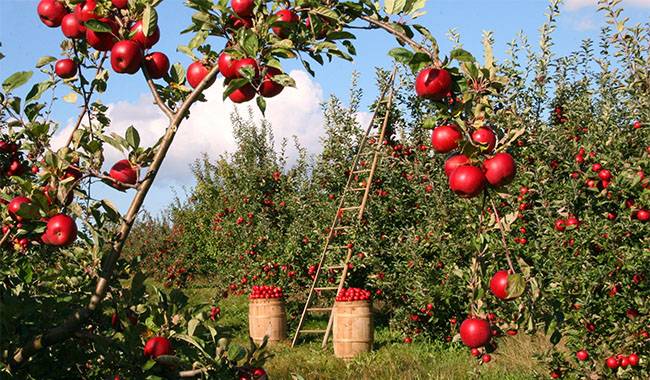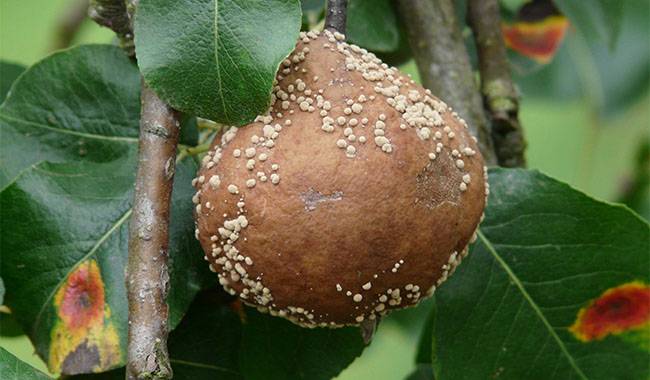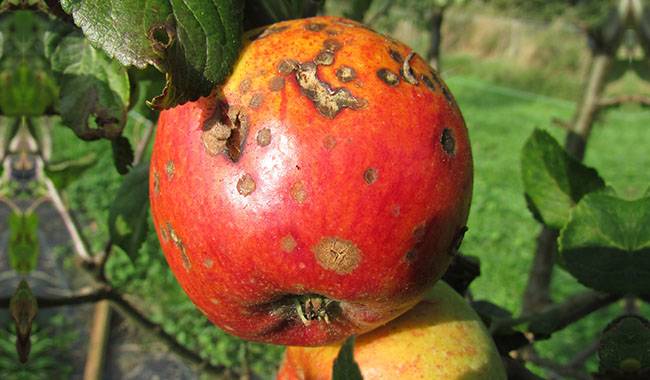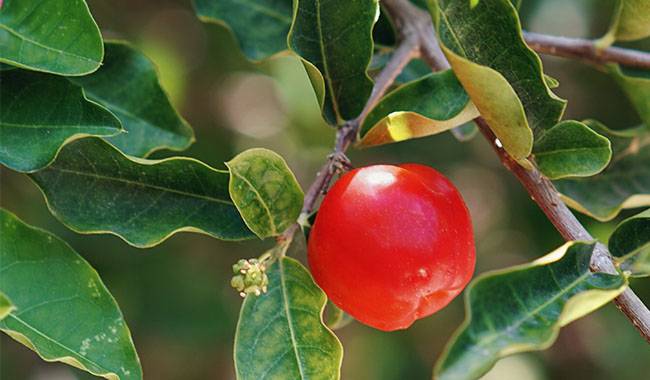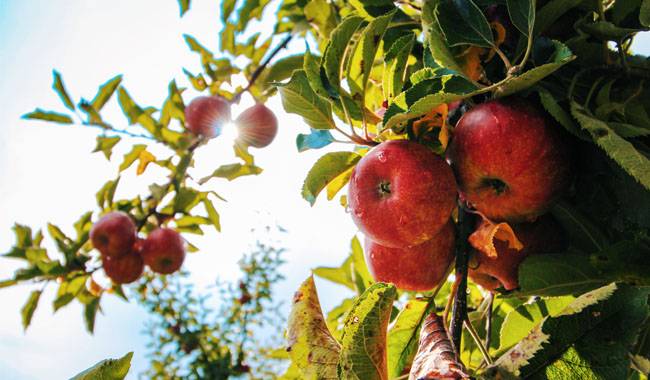
Winter is the most responsible period for apple trees and it is necessary to get through it with minimal losses. Moreover, this applies both to young apple trees and to those that have lived on your land for more than ten years. Winter means cold, harsh winds, hard frosts, wet snow, freezing rain, provocative thaws, returning cold all of which must be borne by apple trees (and we will help them in this regard).
In general, a set of measures for the care of apple trees in autumn is not new and was developed a long time ago. It includes collecting late-harvested fruit, collecting and destroying fallen leaves, recultivating rootstocks, feeding, watering, mulching rootstock areas, removing lichen and moss from trunks, stripping bark, removing dry and disturbed branches, whitening, controlling pests and diseases, burying hollows, and insulating young apple trees.
CLEARING DEBRIS AND DIGGING OUT THE STUMP
Let’s start by picking up all the trash and leaves and digging out the tree’s sill.
By now, most of the leaves are gone, so there is no need to infect them with diseases by letting them lie in the root zone. After all, each leaf may carry some disease or pest that wants to overwinter. Leaves are best sent into the fire, but their ashes can be saved. It is a good source of potassium and trace elements. Next, all debris (twigs, rotten fruit) should be sent to the trash. If the branches are large, they can also be processed into wood ash by burning.
Once the apple tree has been cleaned of root circles, you can proceed to dig it precisely, taking a shovel and digging, as we have agreed many times before, not horizontally, but along the roots to a depth of no more than 6inch (15 cm). It is best to leave the soil loose after digging so that we can kill the winter pests that gather in the root zone of the apple tree.
FERTILIZATION OF APPLE TREES
After a good harvest on those apple trees that have been harvested, you can fertilize them. It is best to use organic fertilizers, such as manure or compost (5-6 kg per tree up to 5 years old, 1-2 buckets for older trees, which is enough).
The fertilizer applied should be evenly distributed over the root circle. Some growers are advised to add 20-25 g of calcium superphosphate and 15-20 g of potassium sulfate to the above fertilizer for apple trees up to 5 years old and twice that age. It is important to apply the fertilizer in a dry form, not in a diluted form because it will be more useful in the spring when the snow starts to melt and the fertilizer will go directly to the root zone where it can be absorbed by the water and become a fertilizer for the plant.
Important: the fertilizer must not have any nitrogen in it in autumn, it stimulates the growth of above-ground parts, and these shoots will freeze directly in winter.
Fertilizing apple trees is best combined with digging up the topsoil. If you want to fertilize early and dig it up later, spread it on the surface and rake it into the ground with a rake to get it in as much as possible. After fertilizing, if the weather is very dry, it is recommended to water the apple trees (one bucket of water under plants less than 5 years old, two buckets’ worth).
WATERING APPLE TREES
By the way, once we start talking about irrigation, watering apple trees in autumn is a must. It will stimulate the growth of additional water-absorbing roots so that the apple tree plant will be better saturated with water, it will be less afraid of drying out and the soil will freeze more slowly and will not react to provocative thaws.
Usually, about one hundred liters of water are poured under the apple tree to saturate the soil. If the apple tree is mature and has a spreading canopy, you can pour out twice as much water (mainly to ensure that the water is absorbed and not spread over the entire plot).
To do this, extend the watering period by a few days. It is advisable to check the amount of water precisely, and not just by guessing. If you don’t have a water meter, you can use the timer on your phone to time how long it takes to fill a bucket, and then use this information to calculate how much water you’ve watered under the apple tree, taking into account only the watering time.
Be careful with clay soil; you shouldn’t water clay soil, which can lead to root rot. Consider also the weather: if it rains heavily every day, the amount of water can be reduced by a third. Do not pay attention to shallow rain, because it cannot penetrate deeply into the soil. Sandy soils, to avoid their erosion and root exposure, are best watered by sprinkling.
MULCHING APPLE TREES
After watering the apple tree, you can mulch it in any way you want, even with sheets of plywood. The main thing is to remove the mulch as soon as the snow starts to fall, so that the soil warms up sufficiently, as the mulch will slow down its warming. It is important that the mulch layer is firmly anchored to the root zone and not blown around the plot at the first sign of wind.
REMOVAL OF MOSS, LICHEN, BARK TREATMENT, SEALING OF HOLLOWS
Moss and lichen are frequent visitors to apple trees, especially those that are older. They mostly form in the cool summer months and under high air humidity. Moss and lichen do not allow the tree to function properly; it suffocates, causing individual branches or the entire tree to dry out.
Moss and lichen are best applied after all the leaves on the plant have fallen (or at least 90%), just like apple bark treatments and hollow wood treatments, without waiting for the last leaf to fall.
Moss and lichen can be removed from apple trees by simply scraping or treating them with iron sulfate. To do this, take 250 grams of iron alum and dilute it in a bucket of water, then treat the trunk and branches where moss and lichen are found. If this ingredient will also pour on the soil under the tree, that’s fine.
Usually, after a week, the moss and lichens are dead and they just need to be cleaned, for which you often use a metal brush. Under the apple tree, lay a film or cloth and collect all the debris on it and throw it outside the garden, because there will be all kinds of pests. After the moss, lichen, and the rest of the trunk are cleaned, treat with copper sulfate, dissolving 300 grams of powder in a bucket of water, which can treat and soil.
Next, proceed to fill the cavity in the apple tree, first you need to scrape out all the soil from the cavity until it is completely clean, then fill the cavity with ordinary plaster. And remember, the tree will grow and the “seal” will pop out, so this operation may have to be repeated later.
FALL PRUNING OF APPLE TREES
Sanitary pruning is recommended in autumn. To do this, examine the plant, as well as all dry, broken shoots and those that have grown deep into the canopy, causing them to thicken, cut strictly in a circular pattern and then fill the cut with garden red or varnish on a mandatory basis. The cutting is done in dry and sunny weather.
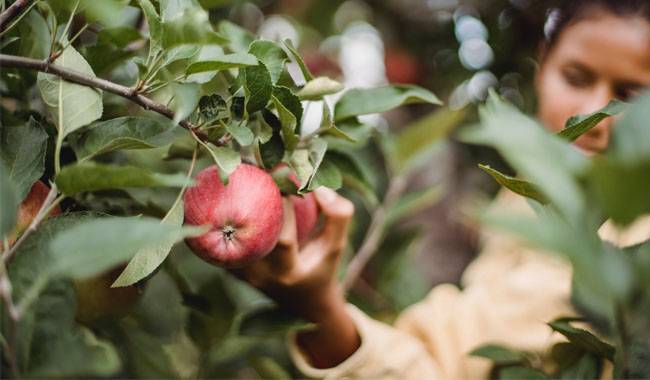
GIVING THE APPLE TREE TRUNK WHITEWASH
It is best to whitewash the trunk of apple trees later in the day when the risk of rain is minimal. whitewash has many benefits: prevents sunburn, fungal infections, and possibly even pests, prevents the bark from cracking (overheating during the day and cooling down at night), and is simple and beautiful.
Whitewash with lime or garden paint until the first skeletal branch appears. Always start whitewash from the bottom up so that all areas get a good coat of paint. If it rains unexpectedly and untimely, the whitewash must be repeated.
APPLETREE HARVEST
In the context of this pile of work, let’s not forget about harvesting: late-ripening apple trees are just about ready for this time of year, so you need to pay attention to them. It is better to pick slightly less ripe apples, then they will be stored for a longer time, and always wear rubber gloves so as not to damage the fruit.
Put the fruits in soft plastic buckets and do not throw them away. Do not pick the fruit, but rotate it clockwise so that it comes off with the stalk so that it stays for a long time. Calibrate the apples immediately, choosing the perfect ones and those with damage. Put the first batch in storage and the second batch in processing.
After harvesting the apples, be sure to walk around the orchard and collect all the fallen fruits and use a fruit picker to remove all the fruits that hang high. Both can be breeding grounds for infection and can be used as food if they are in good condition. But just don’t put them in storage (especially the fallen fruit).
TAKING CARE OF AN OLD APPLE TREE
If you have an old orchard and the apples on it are hanging attractively, the trees can be rejuvenated in the fall. First, of course, you need to do all those operations we described above. Next, under the branches of the apple tree, which are strongly offshoots, you can put some props. Supporters will hardly bother you, and these branches will bring a lot of fruit next year.
Note whether there are wolves – thick, upright-growing shoots of apple trees, half of which can be safely cut on the ring, covering the cut with garden varnish, and the other half should be bent as much as possible in a horizontal position, staked to the ground or to a nearby shoot, with rubber bands placed between them. They will bear good fruit in the future because they will no longer be useless drones – wolves.
If you are planning to cut off an old apple tree, then in no case do it right away, stretch the pleasure for three or four years, otherwise, you can ruin the plant. In the first year, limit yourself to removing dry, broken, and diseased branches (as well as one or two shots that have not produced fruit at all) to the ring. The next year, remove those shoots that thicken the crown, and finally, in the third year, try to subordinate the central conductor to the lateral shoots, creating the typical and familiar to all three tiers of the crown.
In addition, just in case, treat the old apple trees with a complex of pesticides, after harvesting, of course, and apply fertilizers (except nitrogen, they cannot be used), 15-20 g of potassium sulfate, and 10-15 g of superphosphate each, you can pour it in a circle with the dug soil wood ash (a couple of handfuls). Do not forget about water-charging irrigation.
HEATING AND SCREENING OF APPLE TREES
This concerns, on the contrary, young apple trees, because, in general, they are a relatively winter-tolerant plant (although, it happens in a variety of situations). In the root zone, spread a layer of humus 1-1.5inch (3-4 cm) and the trunk must be protected from rodents with a net until the first branch.
One more thing (by the way, this applies to all apple trees): cut off the immature shoots (green tops). After the first snowfall, you can place poisonous bait near each apple tree to put the trees to sleep and wish them good dreams.




